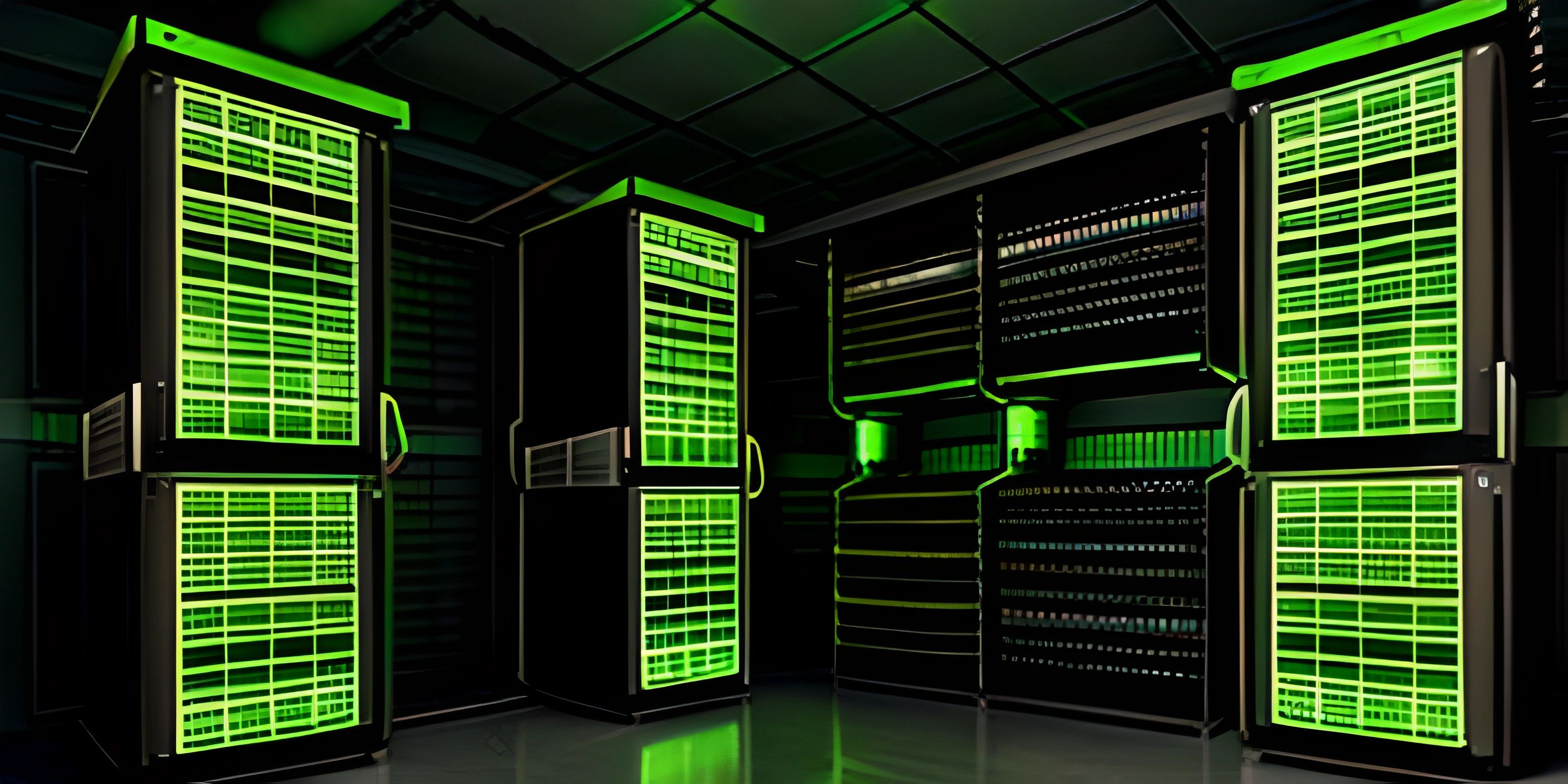Exploring the LAMP Stack

Note: this page has been created with the use of AI. Please take caution, and note that the content of this page does not necessarily reflect the opinion of Cratecode.
The LAMP Stack is a popular combination of technologies used for web development. It consists of four key components: Linux, Apache, MySQL, and PHP. But before we explore the stack, let's quickly break down web development into two main components: the frontend and backend.
The frontend is what users see and interact with. It includes everything from the layout and design to user interactions. On the other hand, the backend is responsible for processing data, running business logic, and communicating with databases. The LAMP Stack is primarily focused on the backend aspect of web development.
Now, let's dive into each component of the LAMP Stack.
Linux
Linux is an open-source operating system based on Unix, which provides a solid, reliable, and secure foundation for web servers. Linux offers a variety of distributions, each with its own set of tools and features. Some popular distributions include Ubuntu, Debian, and CentOS. You can learn more about Linux here.
Apache
Apache HTTP Server is a widely used, open-source web server software. It is responsible for serving web pages and managing incoming requests from clients. Apache offers features like support for various scripting languages, SSL/TLS encryption, and a plethora of plugins called modules. More information about Apache can be found here.
MySQL
MySQL is an open-source relational database management system (RDBMS). It allows developers to store, manage, and retrieve data efficiently. MySQL uses Structured Query Language (SQL) to interact with databases, which is a standard language for managing relational databases. To get acquainted with MySQL, head here.
PHP
PHP is a popular, open-source scripting language used for web development. It is designed to work seamlessly with HTML, making it easy to create dynamic web pages. PHP can interact with databases, handle forms, and perform other server-side tasks. Discover more about PHP here.
Advantages of the LAMP Stack
The LAMP Stack offers several advantages for web developers:
-
Cost-effective: All components of the LAMP Stack are open-source and free, making it an affordable choice for web development projects.
-
Flexibility: The LAMP Stack provides a versatile environment for developers, allowing them to customize and optimize their web applications to meet specific requirements.
-
Scalability: The LAMP Stack can handle high levels of traffic, making it suitable for websites and applications that need to grow over time.
-
Community support: Each component of the LAMP Stack has a large, active community of developers, which means finding support, tutorials, and other resources is easy.
-
Cross-platform: The LAMP Stack can run on various platforms, including Windows and macOS, further adding to its versatility.
In conclusion, the LAMP Stack is a powerful combination of technologies that has proven to be a reliable choice for web development projects. By understanding the different components and their roles, you can leverage the advantages of this popular stack to build dynamic and scalable web applications.
Hey there! Want to learn more? Cratecode is an online learning platform that lets you forge your own path. Click here to check out a lesson: Full-stack Web Frameworks (Next.js) (psst, it's free!).





